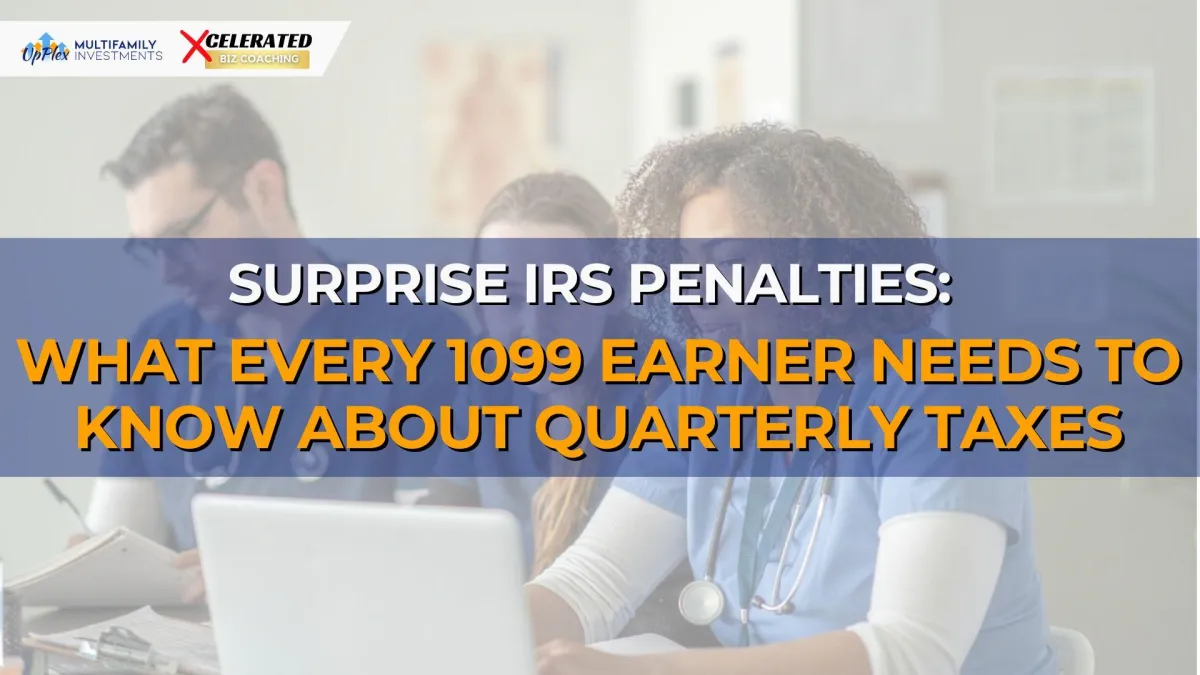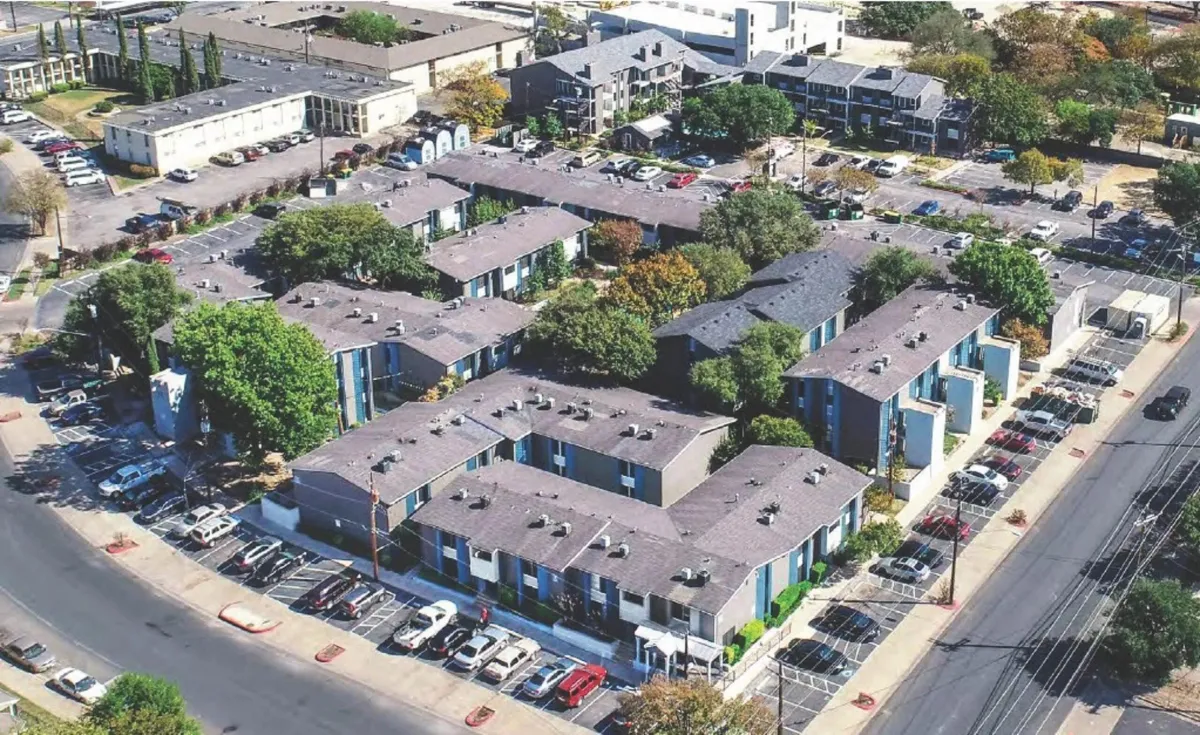
English

English

English


Surprise IRS Penalties: What Every 1099 Earner Needs to Know About Quarterly Taxes
If you're earning 1099 income—even alongside a W-2 job—there’s something you absolutely must know to avoid unnecessary IRS penalties.
I recently came across a Facebook post from someone who thought they were doing everything right: saving 32% of their 1099 income, paying their full tax bill, and still ended up getting slapped with a $1,300 penalty from the IRS.
How?
Quarterly tax payments. Or more specifically, the lack of them.
Let’s break it down—because this situation is more common than you think.
The Scenario: Full Payment, Still Penalized?
Here’s what happened:
The couple both have W-2 jobs and claim 0 allowances (meaning maximum taxes are withheld).
On top of that, they earn additional 1099 income and sent the IRS a check for nearly $40,000 to cover those taxes.
Despite paying in full, the IRS sent them a notice saying they owed $1,300 in interest and penalties.
The IRS agent explained the penalties were due to failure to make estimated quarterly payments throughout the year—even though the final amount was paid.
And here’s the kicker:
"No one told them they had to."
Not their CPA.
Not the IRS.
Not any tax notice or document in advance.
The IRS representative confirmed: “We’re not obligated to notify you.”
Why Quarterly Taxes Matter (Even if You Pay in Full)
Most W-2 earners are used to having taxes automatically withheld each paycheck. But with 1099 income, you’re responsible for paying your own taxes, including:
Income tax
Self-employment tax (Social Security & Medicare)
And, yes—paying it quarterly
The IRS expects four estimated payments per year, due in April, June, September, and January. If you skip these—even if you pay the full amount later—you could still face penalties and interest.
Here's What Went Wrong
This taxpayer made a common mistake:
They saved enough (32%) for taxes.
They paid everything they owed.
But they didn’t pay on the IRS’s timeline—which caused the penalty.
To make things worse, their 2024 penalty was based on their 2023 tax liability, which was unusually high due to a 401(k) withdrawal for an emergency. So the IRS expected similarly high quarterly payments the following year, even though their actual income might have changed.
What Can You Deduct? What Are You Missing?
The post ended with an important question many independent contractors ask:
“What am I doing wrong? What can I deduct?”
Here are some common deductions for 1099 contractors that people often overlook:
Home office deduction (must be a designated space used exclusively for work)
Office supplies & equipment
Professional subscriptions or licenses
Continuing education
Phone and internet (portion used for work)
Business insurance
Legal and accounting services
Health insurance (if self-employed)
Important note: If your locum company reimburses mileage, you can’t deduct vehicle expenses again—that would be double dipping.
Key Takeaways: Avoiding the Surprise Bill
Yes—you must pay quarterly estimated taxes on your 1099 income.
The IRS does not notify you that you’re required to.
Even if you save responsibly and pay in full, you can still owe penalties for timing.
Your prior year’s tax liability determines your estimated payment requirement.
Having a proactive CPA or tax advisor who works with 1099 earners is crucial.
Don’t wait for a surprise letter from the IRS—plan proactively.
Final Thoughts
This isn’t just a frustrating story—it’s a teachable moment for anyone working as an independent contractor, freelancer, or locum professional. Tax season shouldn’t feel like a guessing game.
If you're transitioning to 1099 income or already there, take charge of your tax education now. Ask questions, work with knowledgeable professionals, and understand your obligations early—because the IRS won’t warn you before penalties hit.
Have you faced a similar issue or have tips on managing 1099 income? Share your story in the comments—I’d love to hear from you.

LEAVE A REPLY

















